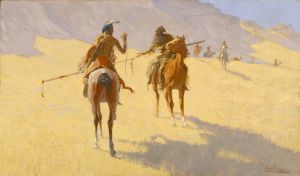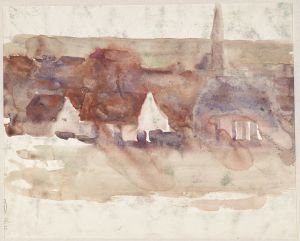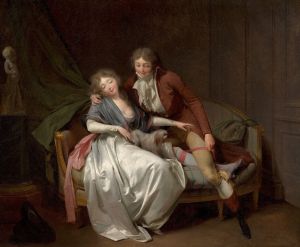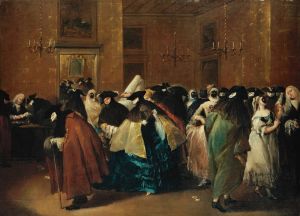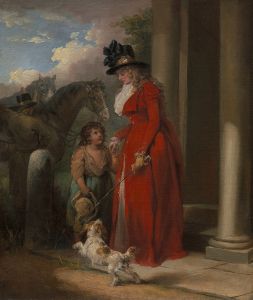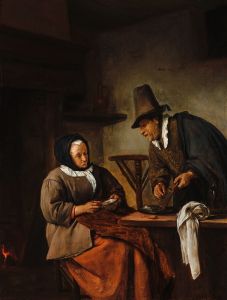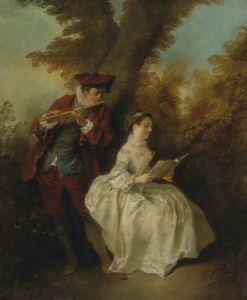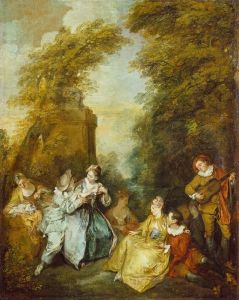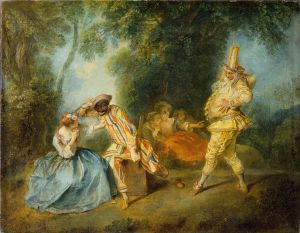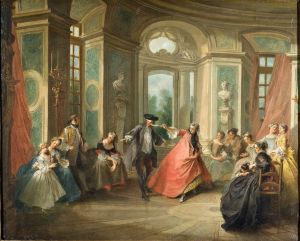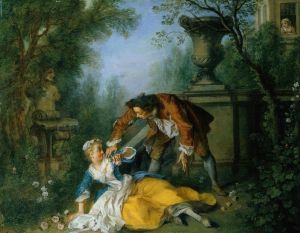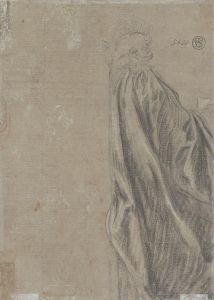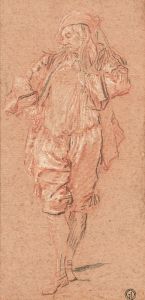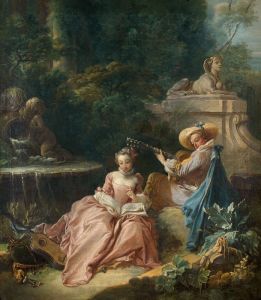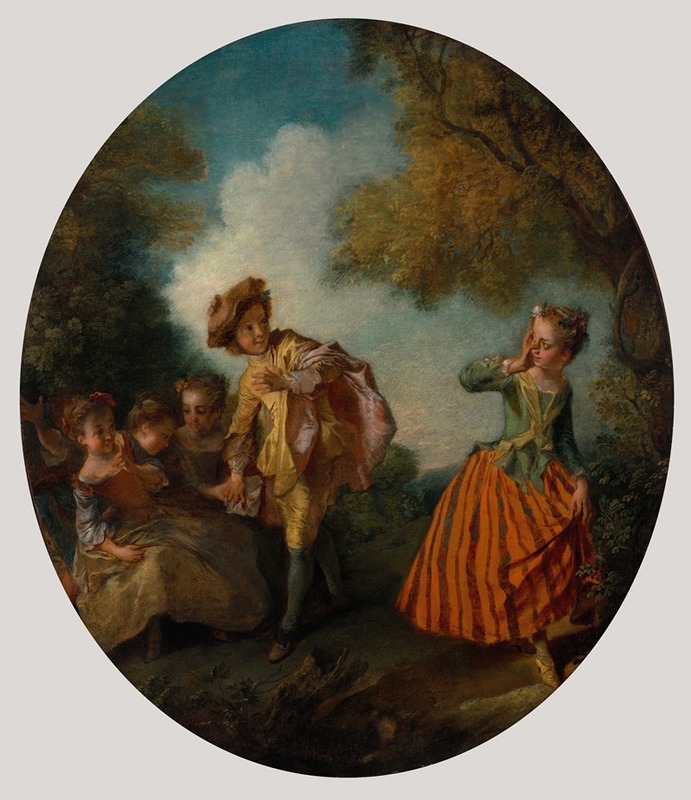
Blind Man’s Bluff
A hand-painted replica of Nicolas Lancret’s masterpiece Blind Man’s Bluff, meticulously crafted by professional artists to capture the true essence of the original. Each piece is created with museum-quality canvas and rare mineral pigments, carefully painted by experienced artists with delicate brushstrokes and rich, layered colors to perfectly recreate the texture of the original artwork. Unlike machine-printed reproductions, this hand-painted version brings the painting to life, infused with the artist’s emotions and skill in every stroke. Whether for personal collection or home decoration, it instantly elevates the artistic atmosphere of any space.
Nicolas Lancret's painting "Blind Man’s Bluff" is a notable example of 18th-century French Rococo art. Lancret, born in Paris in 1690, was a prominent painter known for his genre scenes that often depicted lively and elegant social gatherings. He was a contemporary of Jean-Antoine Watteau and was heavily influenced by Watteau's style, which is evident in his works.
"Blind Man’s Bluff" is a painting that captures a playful and lighthearted scene, characteristic of the Rococo period's focus on leisure and entertainment among the aristocracy. The painting portrays a group of elegantly dressed men and women engaged in the game of blind man's bluff, a popular pastime during the 18th century. This game involves one person being blindfolded and attempting to catch the others, who try to avoid being caught.
Lancret's composition is dynamic, with figures arranged in a way that suggests movement and interaction. The artist's use of color is vibrant, with soft pastels and delicate brushwork that enhance the sense of frivolity and joy. The setting is typically an outdoor garden or park, a common backdrop in Rococo art, which emphasizes the connection to nature and the leisurely pursuits of the upper classes.
The painting reflects the social customs and cultural milieu of the time, where such games were not merely entertainment but also a means of socializing and courtship among the elite. Lancret's attention to detail in the clothing and expressions of the figures adds to the narrative quality of the scene, inviting viewers to imagine the conversations and interactions taking place.
Lancret was admitted to the Académie Royale de Peinture et de Sculpture in 1719, and his works were highly sought after by collectors and patrons, including King Louis XV. His paintings, including "Blind Man’s Bluff," were appreciated for their charm and the way they captured the essence of contemporary French society.
"Blind Man’s Bluff" is an excellent representation of Lancret's ability to blend narrative with decorative art, creating works that are both engaging and aesthetically pleasing. The painting is part of a larger tradition of fête galante, a genre that depicts scenes of elegant outdoor entertainment, which was popularized by Watteau and embraced by Lancret and his contemporaries.
Today, Lancret's works, including "Blind Man’s Bluff," are held in various museums and collections, where they continue to be admired for their artistic merit and historical significance. They offer a window into the leisurely pursuits of 18th-century French aristocracy and the artistic trends of the Rococo period.





